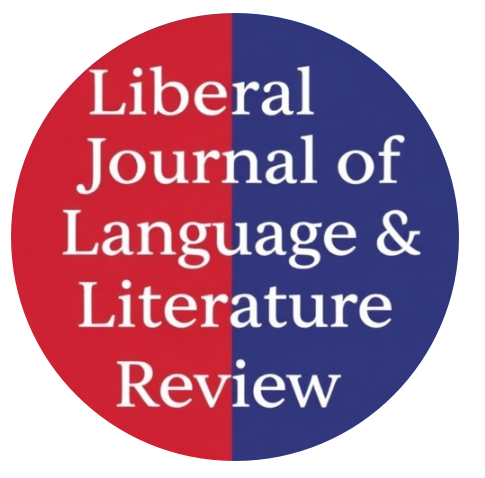Deforming Tendencies in the English Translation of Preemchand’s Kafan by Reeck and Ahmad: An Analytical Study
Abstract
This study investigates the changes that occurred due to the translation of the original text (ST) of the short story Kafan, composed by Munshi Premchand in 1936. This story, originally composed in Urdu, focuses on the bleak realities of poverty and the struggles of the lower class in Indian society. The English version analyzed in this study is The Shroud, translated by Matt Reeck and Aftab Ahmad in 2004. Through a close reading technique and a qualitative approach, the study investigates selected passages from the English translation to identify deforming tendencies. The analysis reveals that certain deformities occurred in terms of syntax and semantics during the translation process. These shifts impact the stylistic and semantic unity of the source text. According to the theory of deforming tendencies by Antoine Berman (1985), translation often results in changes that reduce the beauty and spirit of the original text. The researchers found that the translator adopted many deforming tendencies to make the translation appear more admirable and clarified. In total, seven deforming tendencies were identified in this study including rationalization, clarification, ennoblement, expansion, the destruction of underlying networks of signification, quantitative impoverishment, and the destruction of linguistic patterning. The study analyzed these deforming tendencies and identified specific linguistic forms, including words, phrases, and sentences.
Keywords: Munshi Premchand, Kafan, Matt Reeck and Aftab Ahmad, Translation studies, Deforming tendencies.
https://doi.org/10.5281/zenodo.17361289



